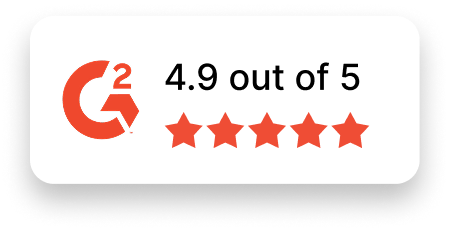Operations Research Analyst Job Description Template
Use this template to craft job descriptions for hiring Operations Research Analysts. Tailor it to meet the specific needs and goals of your organization.
Job Title: Operations Research Analyst
Location: [Specify Location or Remote]
Job Type: [Full-time/Part-time/Contract]
About the Role
We are looking for a results-driven Operations Research Analyst to apply mathematical and analytical methods to help solve complex business problems. You will gather and analyze data, create algorithms, and develop models to improve decision-making and optimize processes. Your work will drive operational efficiency and support strategic initiatives across the organization.
If you thrive in data-driven environments, enjoy tackling complex problems, and have a passion for turning data into insights, we invite you to join our team!
Responsibilities
- Gather and interpret data to identify business challenges and operational inefficiencies.
- Develop mathematical models, simulations, and algorithms to analyze problems and propose solutions.
- Use statistical software, optimization tools, and data visualization platforms to support decision-making processes.
- Perform sensitivity analyses and forecasting to evaluate the potential outcomes of various strategies.
- Collaborate with cross-functional teams to design and implement process improvements.
- Prepare detailed reports and presentations to communicate findings and recommendations to stakeholders.
- Stay informed about industry best practices, tools, and methodologies for operations research.
- Test the effectiveness of new systems and procedures to ensure they meet performance standards.
- Advise management on resource allocation, supply chain optimization, and risk assessment strategies.
- Support the development of key performance indicators (KPIs) to monitor system performance.
Required Skills & Experience
- Bachelor’s degree in Operations Research, Mathematics, Statistics, Data Science, or a related field (Master’s degree preferred).
- Proven experience in applying operations research techniques in real-world scenarios.
- Strong analytical skills and proficiency in statistical tools such as Python, R, SAS, or MATLAB.
- Knowledge of optimization techniques, linear programming, and simulation models.
- Familiarity with data visualization tools like Tableau, Power BI, or similar platforms.
- Experience with database systems, SQL, and data mining.
- Strong problem-solving skills and attention to detail with the ability to handle complex datasets.
- Excellent communication and presentation skills to convey technical findings to non-technical audiences.
- Ability to work collaboratively in a team environment and manage multiple projects effectively.
Nice-to-Have Skills
- Certifications in operations research, data analytics, or related fields.
- Familiarity with machine learning techniques to enhance predictive analytics.
- Experience with supply chain optimization, inventory management, or logistics solutions.
- Understanding of ERP (Enterprise Resource Planning) systems and their data integration.
- Background in financial modeling or market analysis.
- Knowledge of cloud-based analytics platforms like AWS, Google Cloud, or Azure.
- Exposure to Agile workflows and project management tools like Jira or Trello.
Why Join Us?
- Innovative Challenges: Work on exciting and impactful projects that bridge data and strategy to drive business success.
- Collaborative Environment: Join a supportive and diverse team where your ideas and insights are highly valued.
- Career Development: Explore opportunities for growth through training, certifications, and advanced learning programs.
- Flexibility: Enjoy work-life balance with remote or hybrid work options tailored to your preferences.
- Inclusive Workplace: Be part of a company that is committed to fostering equity and inclusion, ensuring all employees thrive.
Apply Now
Are you ready to transform data into actionable insights and solve complex problems as an Operations Research Analyst? Join [Your Company Name] and make a meaningful impact on our team. Apply today!

